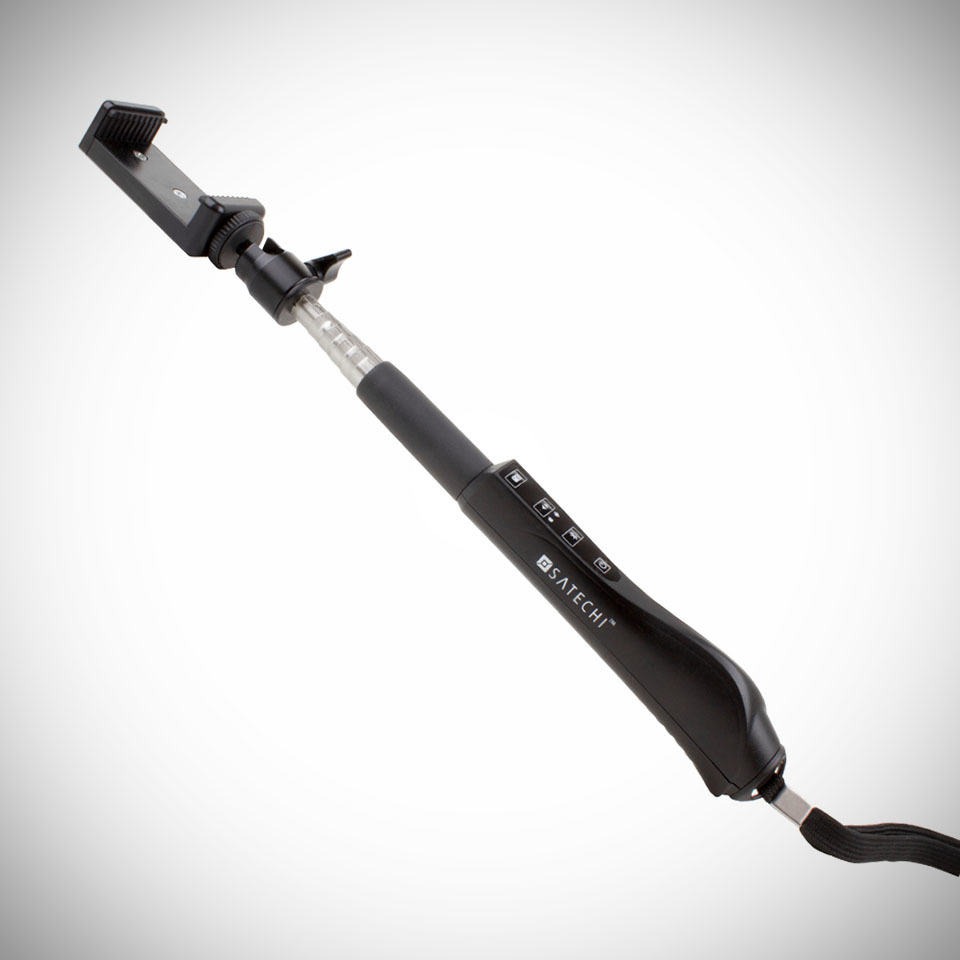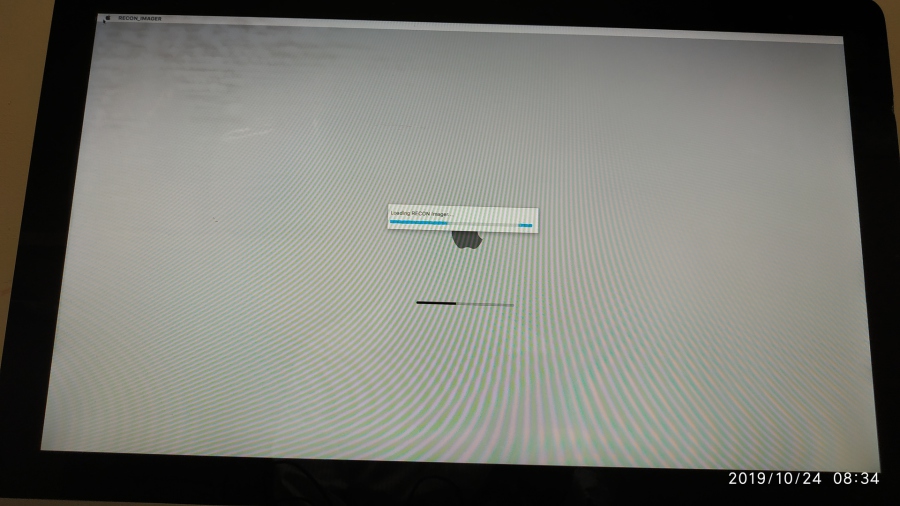I have successfully created the USB installer stick. I have now tried booting my Mac 2,1, which is a late 2006 white Macbook. Mac 2,1 is listed as a supported device. Holding the Option key, I have a choice to boot from Mac HD or EFI Boot. The first message is Welcome to Grub. . Creating new HDD and selecting the usb thumbdrive. Selecting the 'External device' as the only bootable item in the 'Boot order' menu.and. selecting the usb drive from the 'External boot device' dropdown. Checking the 'Select boot device on startup' and looking for the USB options in the bios None of the above actually worked.
- How To Boot From Usb Mac
- 2011 Imac Boot From Usb
- Mac Usb Boot Stick
- Boot Mac G5 From Usb Stick
- Imac Boot From Usb Stick
Set it aside, calm down and download a bootable data recovery app using any other computer. Disk Drill is by far the most convenient and up-to-date macOS bootable file rescue solution. It'll make your Mac boot from USB in just a few clicks. Starting with Disk Drill 3, anyone can create a bootable Mac OS X drive in a matter of minutes. A macOS installation app (such as the 'Install macOS Mojave' app from Apple) 8 GB USB thumb drive; Run DiskMaker X on your Mac, point it to the macOS installation app and insert the USB stick. A few minutes later, you'll have a bootable installation USB stick for that version of macOS. Next, you'll reboot your computer with the USB stick inserted into an empty port and hold the 'Option' key down on your keyboard as your Mac starts, and boot from the USB stick you've created. Let us know if it works for you! Disclaimer: Some pages on this site may include an affiliate link. This does not effect our editorial in any way.
howdee - im a new user, but registered for just this one long/detailed comment/reply..0 - THANK YOU to all who came before on this hint/thread/comment.. i am just standing on top of the giants before and adding my little comments for others..
1 - i could not make a windows-keyboard work.. in particular, my imac (g5) would 'ask' about it when powering up by having me press the key 'just inside of shift key' on each side.. thus, i was never able to make the keyboard-combo work correctly.. if you cannot get into open-firmware, then try getting a normal MAC-keyboard..
2 - i was having all sorts of problems trying to get the correct device to use for the 'dir' command.. i could see the tree of information, but could never make a working 'devalias' for myself.. two clues:
3 - i was finally able to get things working better by doing/trying the following (details removed for hopeful-clarity):
4 - once i got my magic incantation correct, it took prolly an hour to get thru the first-boot - but eventually i got the great happy-mac sound from the other room.. hopefully you will be able to too.. :)
repeating: for me, the exact command i used was .. gl & hth, h.
If you're still using a Mac OS X the time will come when your computer won't boot, or a problem may arise where you can't take control of the device, and booting from an OS X installation media will be required.
This is why it's recommended that you make a Mac OS X bootable USB when your Mac is in working conditions. However, if you find yourself on a scenario where your device (iMac, MacBook Pro, Air, Mac Pro or Mini) is not responding and you happen to have a Windows 10 device, then you can still be able to make a USB bootable installation media for your Mac OS X to reinstall the operating system using the Recovery Assistant.
These instructions will also work for Windows users who are running Mac OS X on a virtual machine and need to upgrade to the latest version. For instance, to OS X Yosemite.
How To Boot From Usb Mac
Requirements
Before you dive into this guide, you'll need a few things:
- A broken Mac computer with Mac OS X.
- A trial copy of the TransMac software.
- One high quality USB flash drive with 16GB of storage.
- A copy of Apple's macOS (DMG file).
2011 Imac Boot From Usb
Now that you have all the necessary ingredients, you're ready to make a Mac OS X bootable USB using the DMG file of the operating system with the steps below.
Create Mac OS X bootable USB installation media
Before you can use TransMac, you first need to partition your USB flash drive with a GPT partition, as a normal MBR partition may not work. To do this, you'll need to use the Diskpart command-line utility on Windows 10.
Setting up GPT partition
Get to google faster. Use these steps to set up a USB drive with a GPT partition:
Open Start on Windows 10.
Search for Command Prompt, right-click the top result and select the Run as Administrator option.
Type the following command to open Diskpart and press Enter:
Type the following command to determine the USB flash drive and press Enter:
Type the following command to select the storage and press Enter:
Quick tip: Theselect disk 1command as an example, but you have to replace 1 with the number of the flash drive you want to use.Type the following commands to delete everything from the USB thumb drive and press Enter:
Type the following command to convert the drive into a GPT partition and press Enter:
Type the following command to select the new partition and press Enter:
After you complete the steps, the USB flash drive from MBR to GPT format, you can use the steps below to create a bootable USB installation media to install Mac OS X.
Create USB install media
Use these steps to create a bootable media to install Mac OS X:
Download and install a copy of TransMac.
Quick note: TransMac is a paid software, but it has a 15-day trial solution, that give us more than enough time to move the DMG files to the USB drive from Windows. (If you want to support the developer, you can purchase the full version.)Insert the USB drive that you'll use to fix your installation of OS X. (Remember that all the data in the USB will be erased. Make sure you take off any important documents.)
Right-click the TransMac software icon and Run as administrator. (You'll be prompted to Enter Key or Run, because we'll be using it once, click the Run option.)
On the left pane, you'll see all the Windows PC drives listed, right-click the USB drive that you're intending to use to reinstall Apple's OS X and select the Restore with Disk Image option.
In the warning dialog box, click the Yes button.
Use the Restore Disk Image to Drive dialog box to browse for the DMG file with the installation files for Mac OS X Yosemite in this case, and click the OK button to create a bootable USB of the operating system.
Now, you'll have to wait a long time. No kidding. It could take one or two hours to complete the process depending on your computer and other variables.

Mac Usb Boot Stick
Once your bootable USB installation media is ready, remove it and insert it into your Mac, power it on, holding down the Option key, and select the USB you just created to reinstall Mac OS X.
Boot Mac G5 From Usb Stick

Mac Usb Boot Stick
Once your bootable USB installation media is ready, remove it and insert it into your Mac, power it on, holding down the Option key, and select the USB you just created to reinstall Mac OS X.
Boot Mac G5 From Usb Stick
Imac Boot From Usb Stick
If you're having issues trying to create a bootable media, you can get a USB flash drive that comes with Mac OSX ready to install. Web ftp client.
